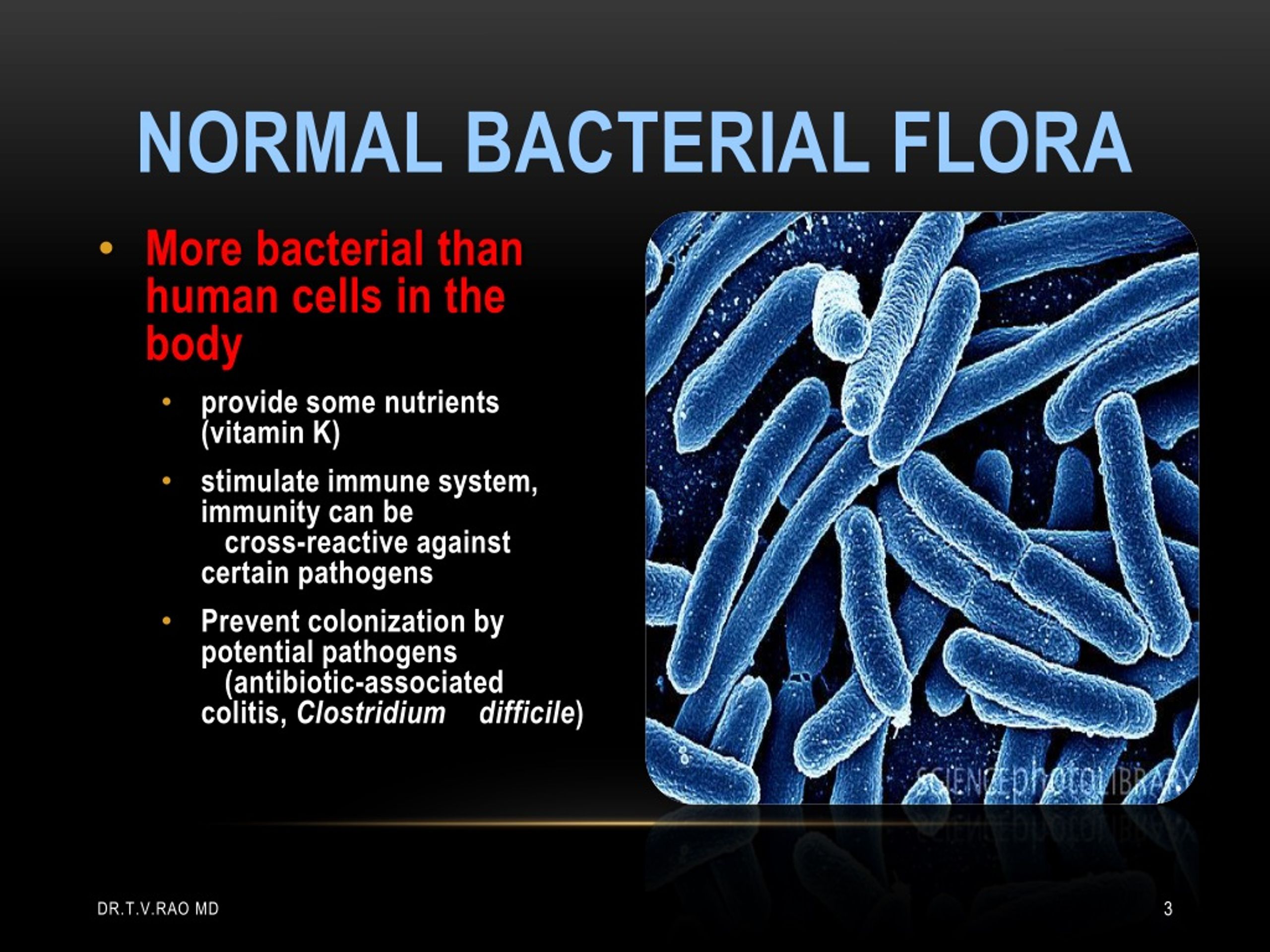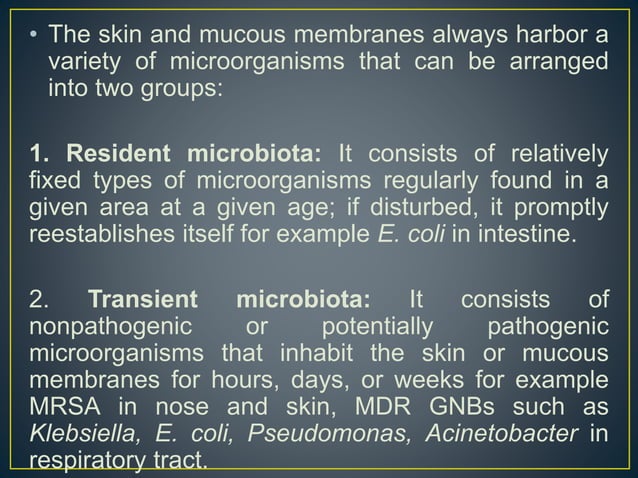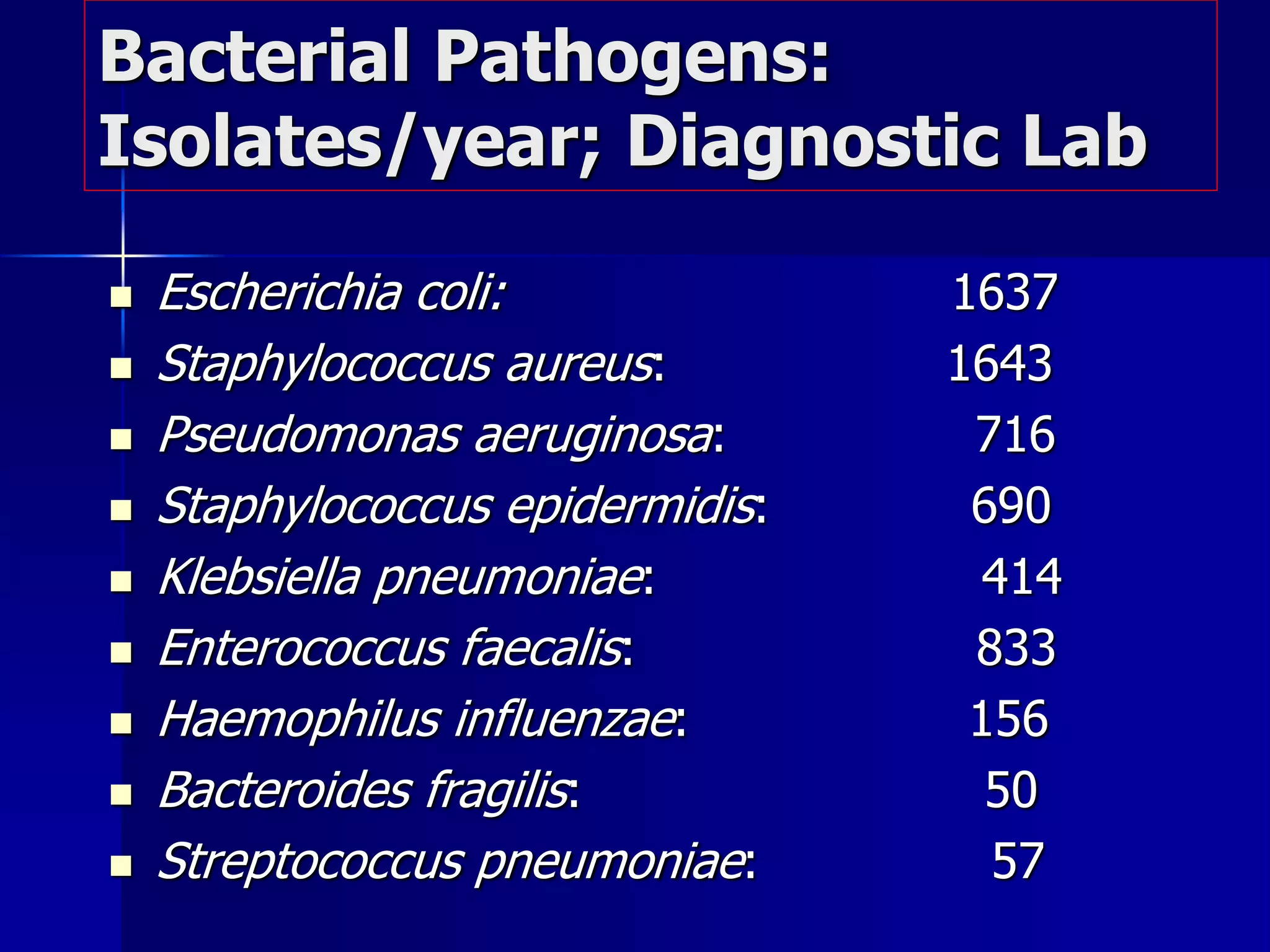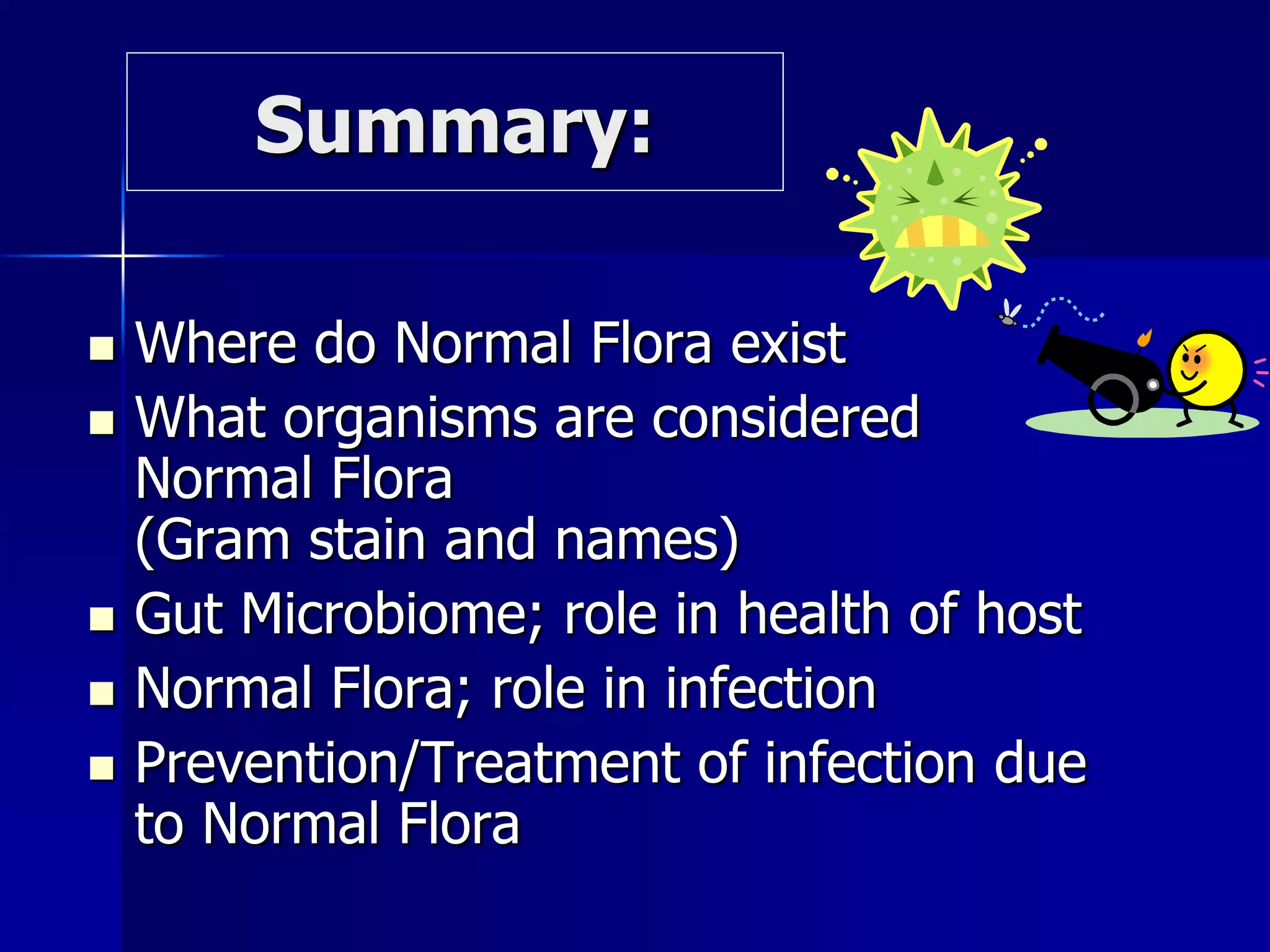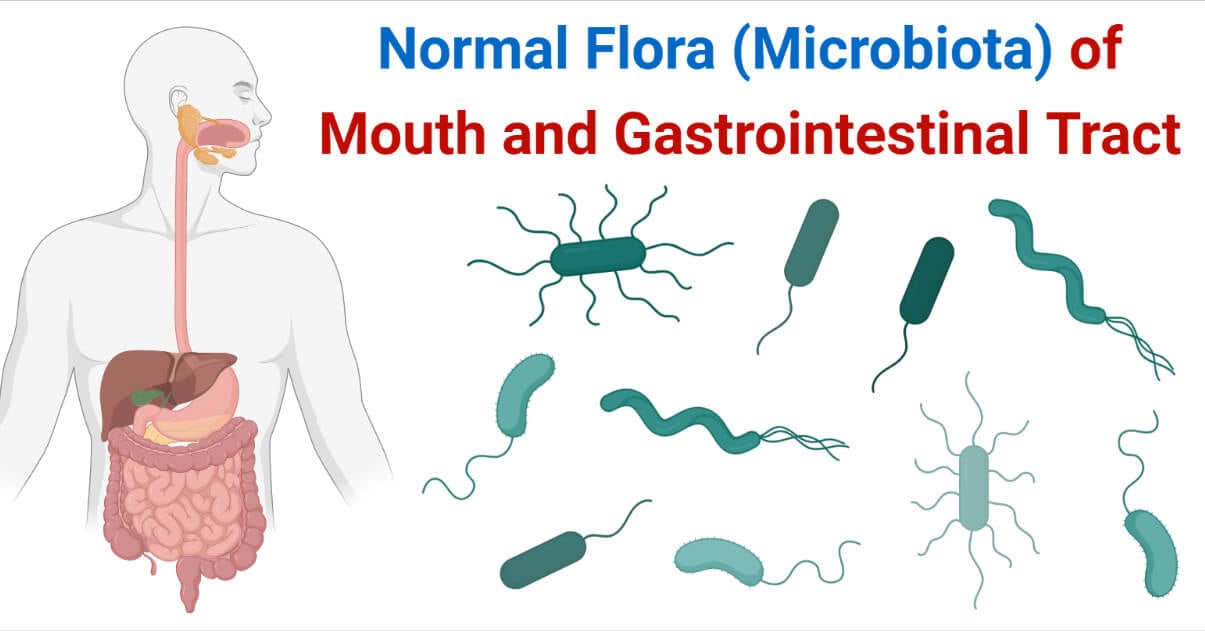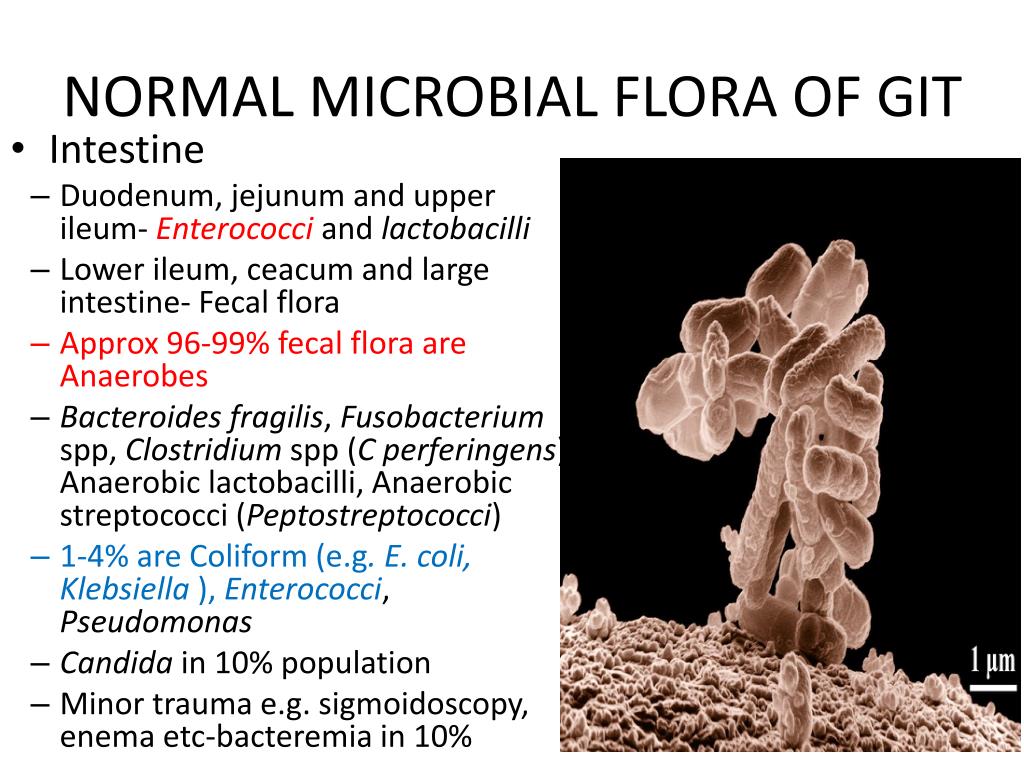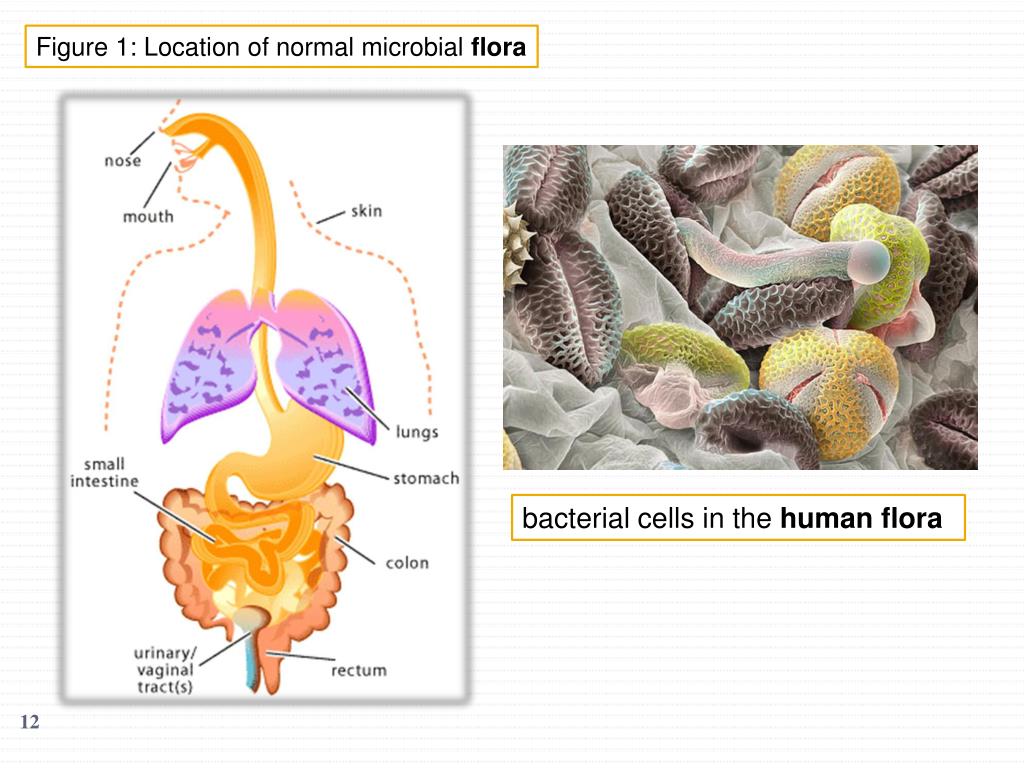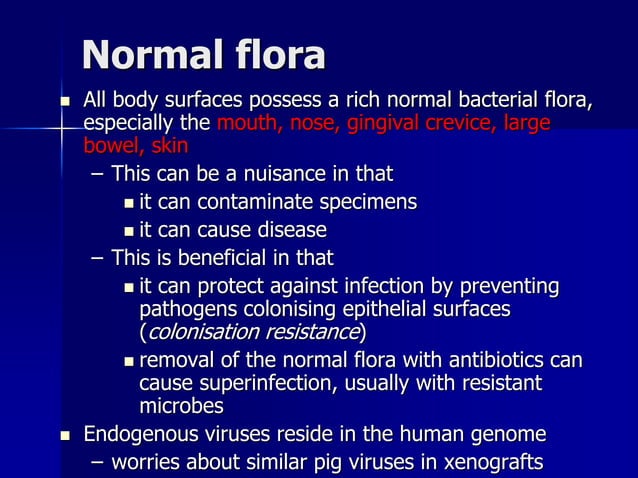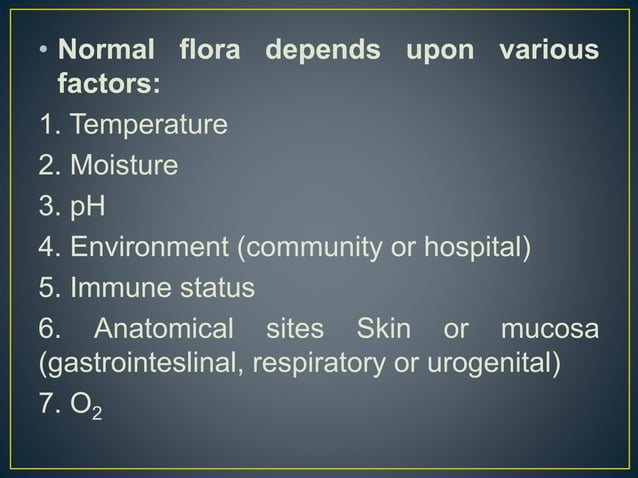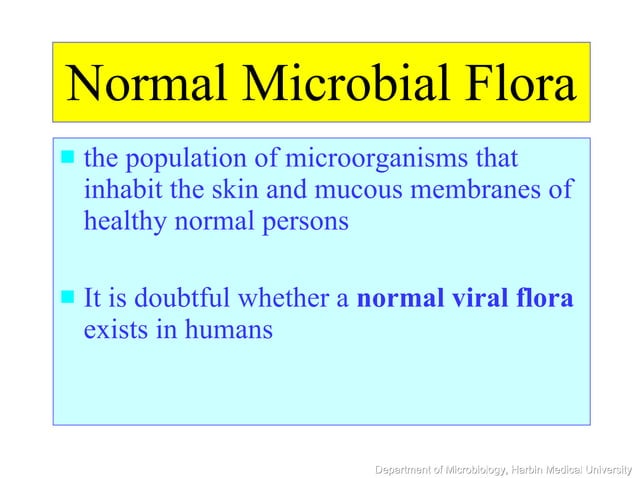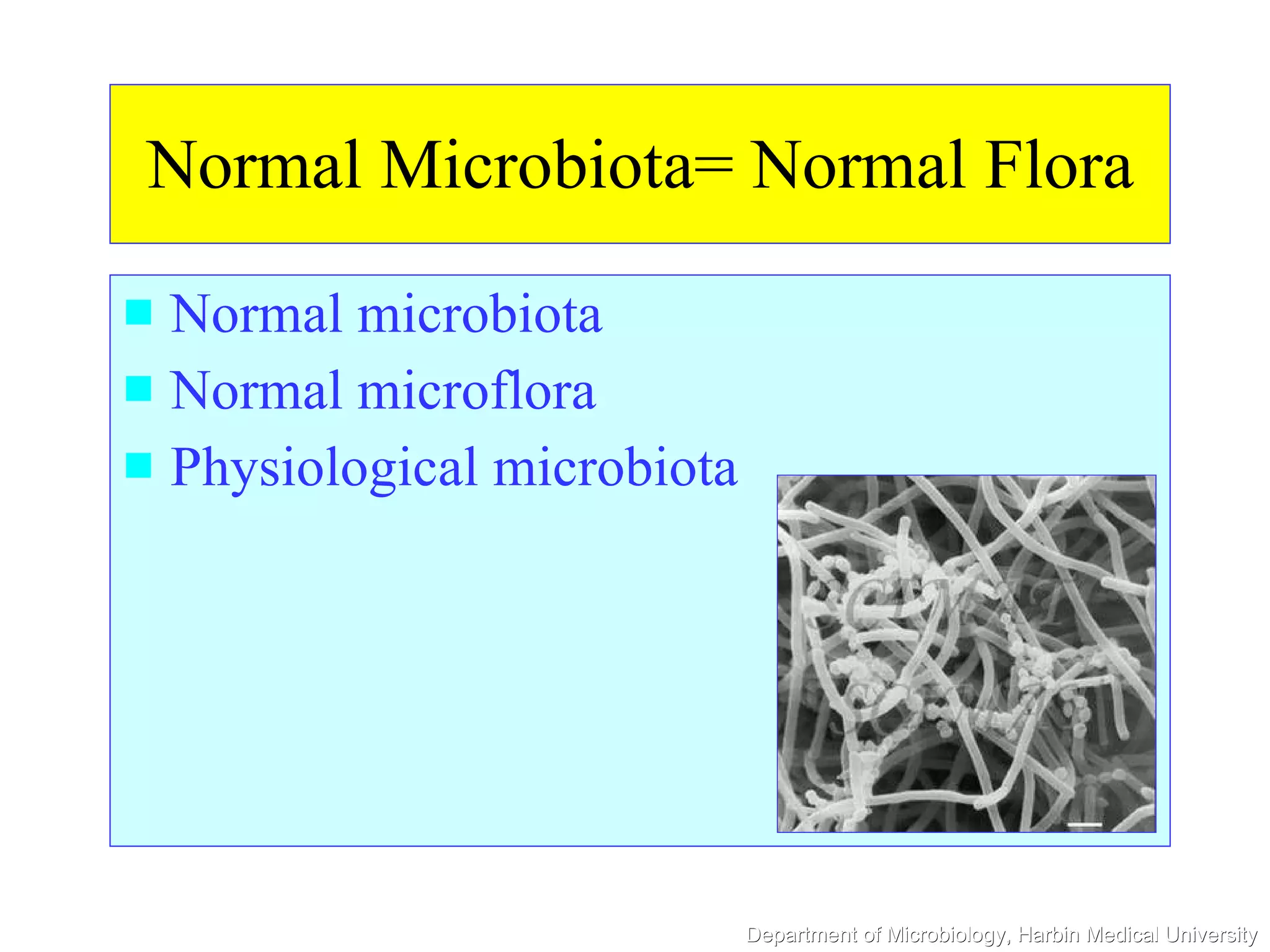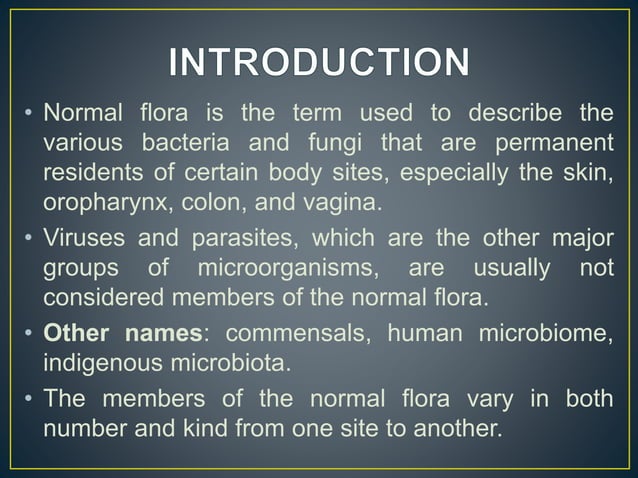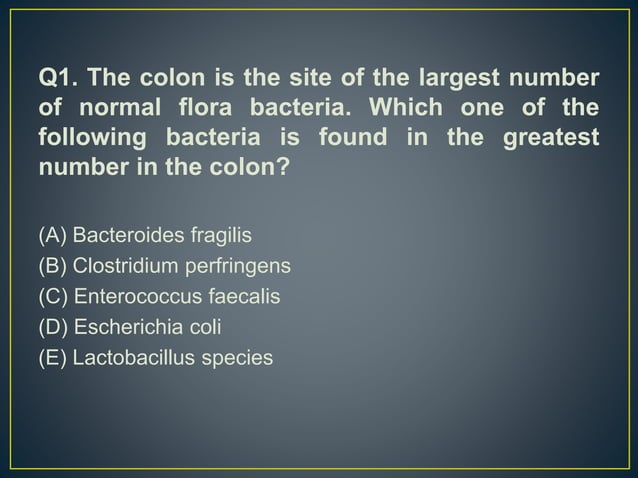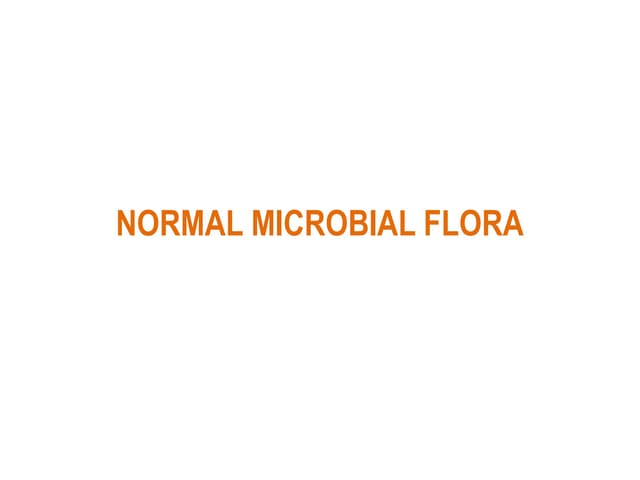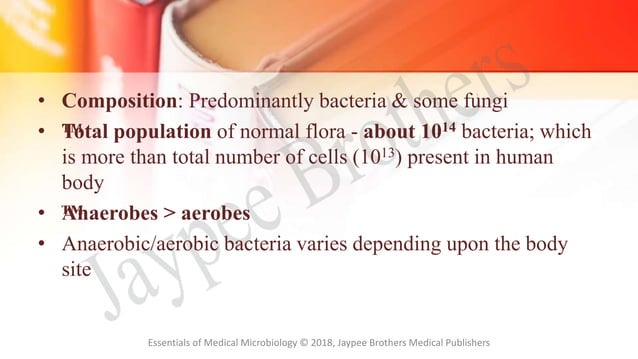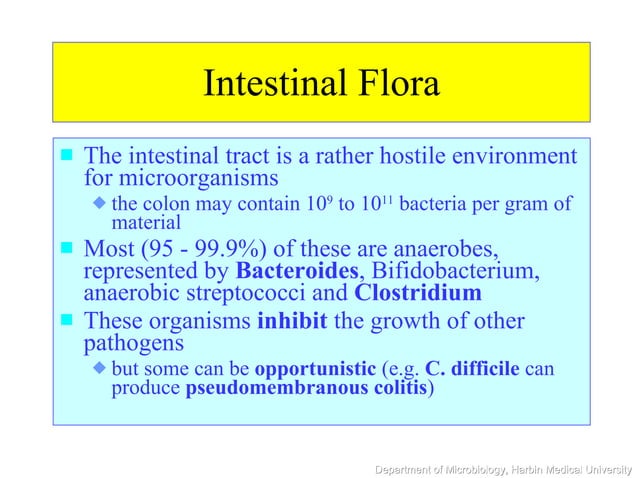Normal Microbial Flora Is Best Described As
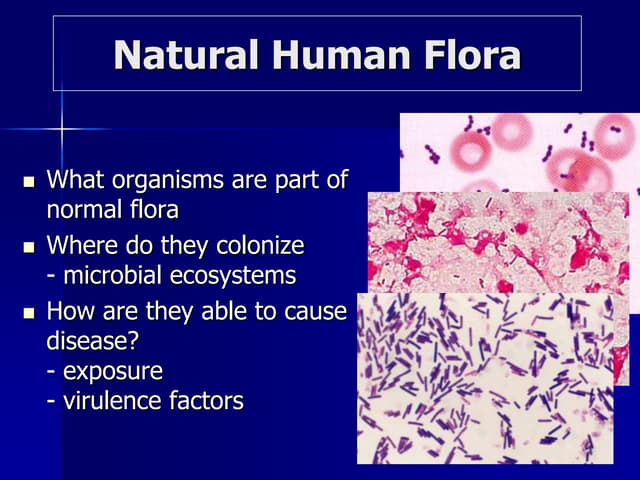
Imagine a bustling city, unseen yet incredibly vital, thriving within you. This city isn't made of brick and mortar, but of trillions of microorganisms – bacteria, fungi, viruses, and more – collectively known as your normal microbial flora. They're not invaders; they're residents, playing a crucial role in your health and well-being.
The human body is not a sterile environment. Normal microbial flora, better described as a dynamic and diverse ecosystem of microorganisms, colonizes various sites, including the skin, gut, respiratory tract, and genitourinary tract. This complex community of microbes is essential for maintaining health, contributing to immunity, digestion, and even mental well-being.
A World Within: Understanding the Microbiome
The term "normal flora" is increasingly being replaced by "microbiota" or "microbiome," reflecting a more nuanced understanding of this microbial world. The microbiota refers to the collection of microorganisms themselves, while the microbiome encompasses the entire habitat, including the microorganisms, their genes, and the surrounding environmental conditions.
This shift in terminology highlights the complexity and interconnectedness of these microbial communities. Think of it less like a static list of inhabitants and more like a thriving rainforest, with countless interactions and dependencies.
A Historical Perspective
The recognition of the importance of the microbial flora evolved over time. Early scientists viewed microbes primarily as pathogens, focusing on their role in causing disease. Louis Pasteur's germ theory of disease, while groundbreaking, initially overshadowed the potential benefits of microorganisms.
However, researchers gradually realized that not all microbes are harmful. The discovery of antibiotics, while revolutionary, also highlighted the disruption that can occur when the microbial balance is disturbed.
The Gut Microbiome: A Central Hub
The gut microbiome is perhaps the most well-studied and complex microbial community in the human body. It contains trillions of microorganisms, representing thousands of different species. These microbes play a critical role in digestion, nutrient absorption, and immune system development.
They help break down complex carbohydrates that the human body cannot digest on its own. Furthermore, the gut microbiome synthesizes essential vitamins, such as vitamin K and certain B vitamins.
Beneficial Roles Beyond Digestion
The influence of the normal microbial flora extends far beyond the digestive system. The skin microbiota, for instance, helps protect against invading pathogens by competing for resources and producing antimicrobial substances.
The respiratory tract microbiota plays a role in shaping the immune response to inhaled allergens and pathogens. Even the brain is now understood to be influenced by the gut microbiome through the gut-brain axis, a complex network of signaling pathways.
The Dynamic Nature of Microbial Communities
The composition of the normal microbial flora is not fixed but rather dynamic, changing throughout life. Factors such as diet, lifestyle, antibiotic use, and environmental exposures can significantly impact the microbial community structure.
Early life colonization is particularly crucial. Babies acquire their initial microbial flora from their mothers during birth and through breastfeeding. This early exposure helps shape their immune system and metabolic development.
Factors Influencing Microbial Composition
Diet is a major driver of microbial community composition. A diet rich in fiber promotes the growth of beneficial bacteria that ferment fiber into short-chain fatty acids (SCFAs), which have numerous health benefits.
Antibiotics, while essential for treating bacterial infections, can also disrupt the normal microbial flora, leading to dysbiosis, an imbalance in the microbial community.
Dysbiosis and Disease
Dysbiosis has been implicated in a wide range of diseases, including inflammatory bowel disease (IBD), obesity, type 2 diabetes, and even mental health disorders. Restoring a healthy microbial balance is increasingly recognized as a potential therapeutic strategy for these conditions.
Research is ongoing to identify specific microbial signatures associated with different diseases. This understanding could lead to personalized interventions to restore microbial balance and improve health outcomes.
Promoting a Healthy Microbiome
While the complexity of the microbiome can seem daunting, there are several steps individuals can take to promote a healthy microbial balance. A diverse diet rich in fruits, vegetables, and whole grains is essential.
Fermented foods, such as yogurt, kefir, and sauerkraut, contain live microorganisms that can help diversify the gut microbiota. Limiting unnecessary antibiotic use is also crucial.
The Role of Probiotics and Prebiotics
Probiotics are live microorganisms that, when administered in adequate amounts, confer a health benefit on the host. Prebiotics are non-digestible food ingredients that promote the growth of beneficial bacteria in the gut.
While probiotics can be helpful in certain situations, it's important to choose strains that have been scientifically proven to be effective for a specific condition. Prebiotics, such as resistant starch and inulin, can be found in foods like bananas, onions, and garlic.
Future Directions: Personalized Microbiome Interventions
The field of microbiome research is rapidly advancing, with new discoveries being made every day. Future research will likely focus on developing personalized microbiome interventions tailored to an individual's specific microbial profile.
This could involve using fecal microbiota transplantation (FMT) to restore a healthy microbial community in individuals with severe dysbiosis. It could also involve developing targeted therapies that promote the growth of specific beneficial bacteria.
As our understanding of the normal microbial flora deepens, we are gaining new insights into the intricate relationship between humans and the microbial world. Recognizing the vital role of these microscopic communities empowers us to make informed choices that promote our health and well-being.
The city within us, once a mystery, is slowly revealing its secrets, offering a new perspective on health and disease. By embracing a holistic approach that considers the importance of our microbial residents, we can unlock new avenues for promoting lifelong health and resilience.
